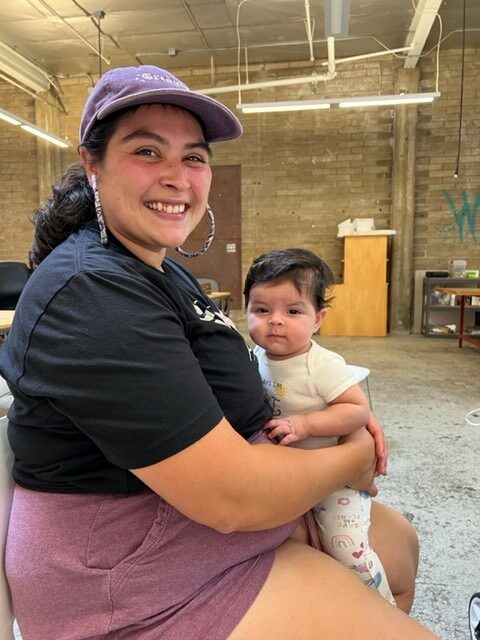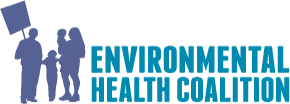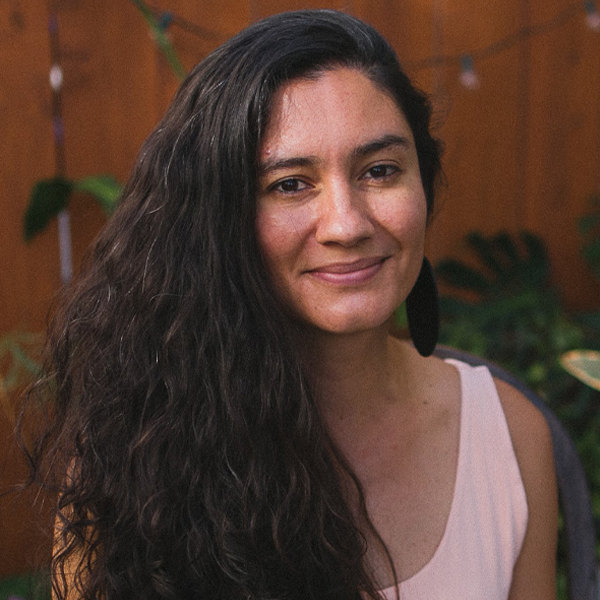October 23-29, 2022
2022 National Lead Poisoning Prevention Week’s theme is “Get the facts, get your child tested, get your home tested.”
Parents and caregivers of children under the age of six, this is the week to inform ourselves about childhood lead poisoning prevention.
Lead poisoning is the #1 environmental health threat facing children under the age of six as their brains are still undergoing development. We recommend that all children under the age of six get tested for lead. As a reminder, the CDC has determined that there is no safe level of lead. And, because the #1 source of childhood lead poisoning is the lead-based paint and lead-contaminated dust found in pre-1978 homes, it’s important to get your home tested for lead. Making sure the paint is in good condition and renovation projects done safely is key to maintaining a lead-safe home.

Martiza Garcia, Logan Heights activist and a new mom of six-month old Hinata Garcia attends community events to learn how to make her community healthier. She reminds her neighbors to “keep getting informed, keep speaking up, every child should live in a healthy home and a healthy neighborhood”.
Childhood Lead Poisoning- Know the Facts
How to Prevent Lead Poisoning in Children
Protect your Family from Sources of Lead (US EPA)

